--------------------------------------------------------------------------------------------------------------
A Simple Trick To Boost Your Reading Speed by 35% While Maintaining Comprehension
In a recent article appeared on
scitechdaily.com -
Scientists Discover a Simple Trick To Boost Your Reading Speed by 35% While Maintaining Comprehension, a new research conducted by
University of Central Florida -
Towards Individuated Reading Experiences: Different Fonts Increase Reading Speed for Different Individuals scientists have not only discovered that changing the type reading font, mainly on your digital reading devices, increased reading speed while preserving comprehension but also experimented that the font size could help to boost our reading speed while maintaining the same reading comprehension rate.
Quote:
In our age of ubiquitous digital displays, adults often read in short, opportunistic interludes. In this context of Interlude Reading, we consider if manipulating font choice can improve adult readers’ reading outcomes. Our studies normalize font size by human perception and use hundreds of crowdsourced participants to provide a foundation for understanding, which fonts people prefer and which fonts make them more effective readers. Participants’ reading speeds (measured in words-per-minute (WPM)) increased by 35% when comparing fastest and slowest fonts without affecting reading comprehension. High WPM variability across fonts suggests that one font does not fit all. We provide font recommendations related to higher reading speed and discuss the need for individuation, allowing digital devices to match their readers’ needs in the moment. We provide recommendations from one of the most significant online reading efforts to date.
Interesting results are how the different fonts are picked up by the total number of participants.
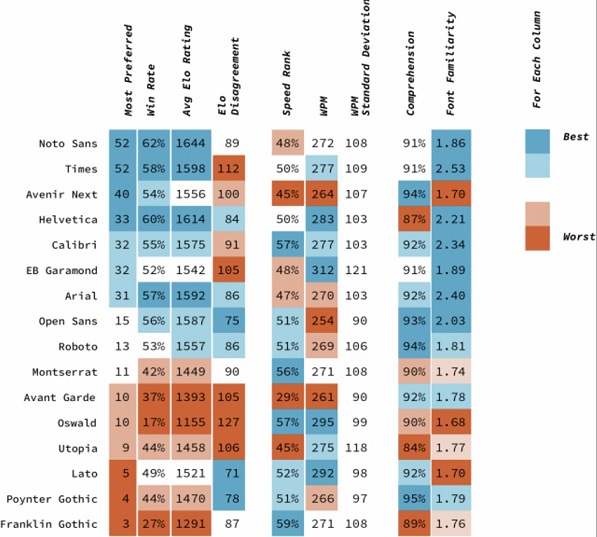
Moreover, in the study conducted, the fastest readers demonstrate the possible gains when reading in their optimal font.
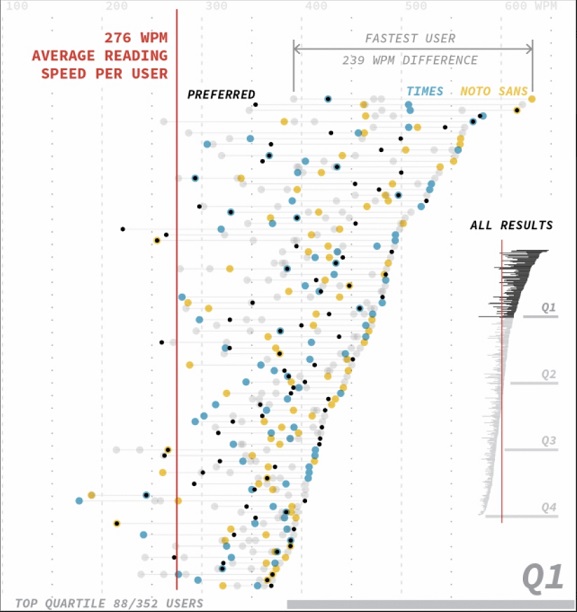
Quote:
The fastest readers (top quartile) show the potential that a single manipulation, font, can have on reading speed. Each row represents one participant, with the reading speeds achieved in five different fonts plotted as color-coded circles: preferred font (black), Times (blue), Noto Sans (yellow), and another two-three randomly-selected fonts (grey). On the left-most of the figure are the slowest fonts for each participant, and on the right are the fastest. The horizontal distance between the two ends is the speed increase achievable by manipulating font. There is no one font or manipulation (preference) that can determine an individual’s fastest font.
+
Another suggestion is to customize your own experience with the various fonts. A useful tool could be the
Virtual Readability Lab. You can find the fonts which best work for you.
Compared to the average reading speed, the participants in this study could add up to 38 words per minute just by changing the fonts. A page that contains an average of 500 words means that in one hour, a person could read from four to five pages more without losing any grasp or comprehension.
For an article or a forum page of around 500 words, the average reading speed per person is about 1.5 minutes. Changing fonts, the increasing speed for the same length is about 17%.
Noto Sans and Times were each chosen by 15% of all participants as the overall winners in the preference tests, with Avenir Next, Helvetica, Calibri, EB Garamond, and Arial also performing favorably according to the preference metrics.
The font size is still a debatable issue. The study above normalized the font size to 16 px (pixels). Previous studies have established that an effective measure ranges from 10 to 14 px.
How changing fonts could help the students during the GRE exam?
Considering that the RC part of the test accounts for \(\approx\) 50% of the verbal section, the findings above might be relevant. At least in theory.
An important consideration is how and IF we can change the fonts during the exam, or just prior the exam itself will kick off. According to my search, we do have two possible scenarios.
1) taking the test - now that the pandemic seems over -- in a test center is NOT to change the font size possible
unless you ask for accommodation for a disability. ETS provides screen magnification. Here more
http://www.ets.org/disabilities2) taking the test at home. According to this discussion on reddit
https://www.reddit.com/r/GRE/comments/r ... aking_the/ the keyboard combination
ctrl + scroll up works. At least you could change the font size even though you cannot change the type of font
OR
Alternatively, you can use the windows display scaling
BEFORE the GRE exam (at home version), changing and increasing the font in Windows font settings. There is also guidance for Mac users.
How to Use Windows 10 Display Scaling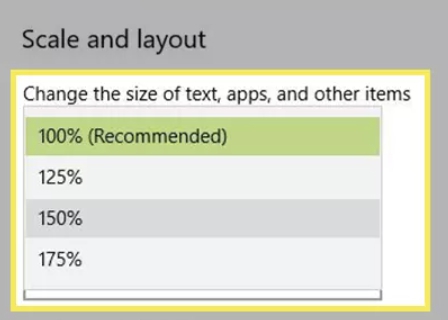
Attachment:
 GRE Reading comprehension trick boost 35%.jpg [ 34.93 KiB | Viewed 7161 times ]
GRE Reading comprehension trick boost 35%.jpg [ 34.93 KiB | Viewed 7161 times ]
Attachment:
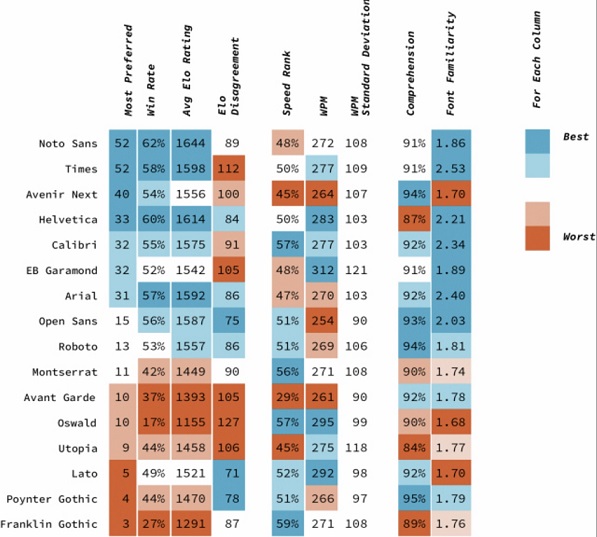 GRE reading comprehension .jpg [ 93.18 KiB | Viewed 7230 times ]
GRE reading comprehension .jpg [ 93.18 KiB | Viewed 7230 times ]
Attachment:
 GRE reading comprehension (2).jpg [ 77.68 KiB | Viewed 7189 times ]
GRE reading comprehension (2).jpg [ 77.68 KiB | Viewed 7189 times ]
Attachment:
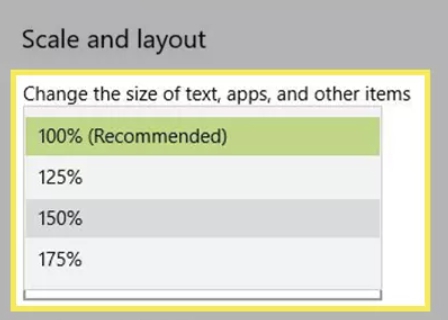 GRE fonts settings.jpg [ 44.18 KiB | Viewed 7067 times ]
GRE fonts settings.jpg [ 44.18 KiB | Viewed 7067 times ]
Attachment:
 GRE fonts.jpg [ 21.21 KiB | Viewed 86359 times ]
GRE fonts.jpg [ 21.21 KiB | Viewed 86359 times ]







